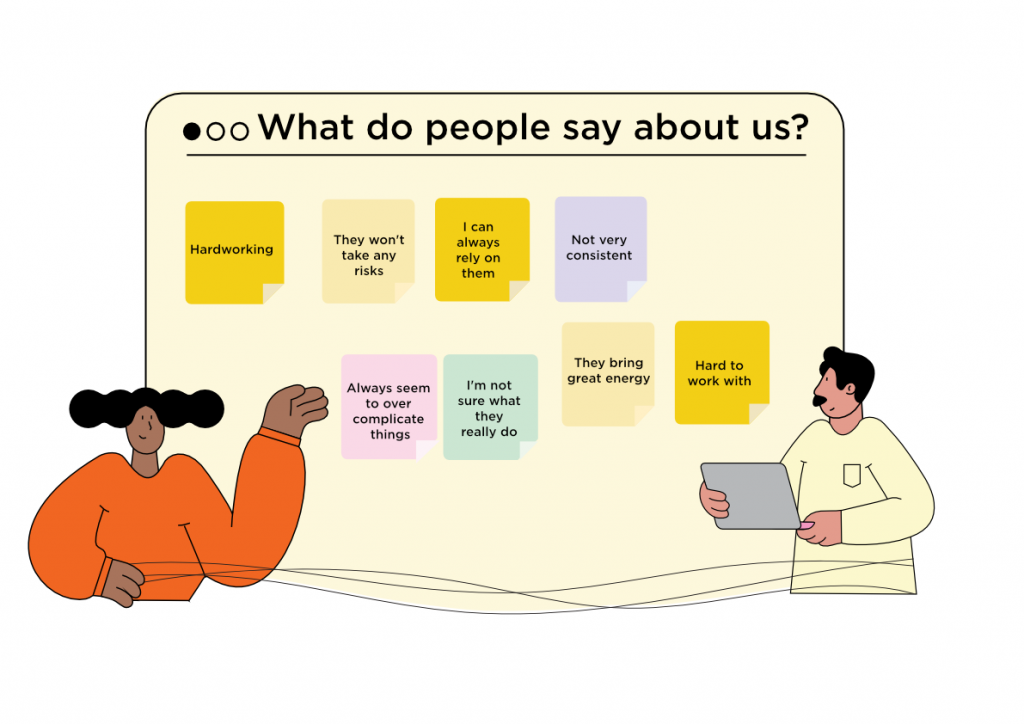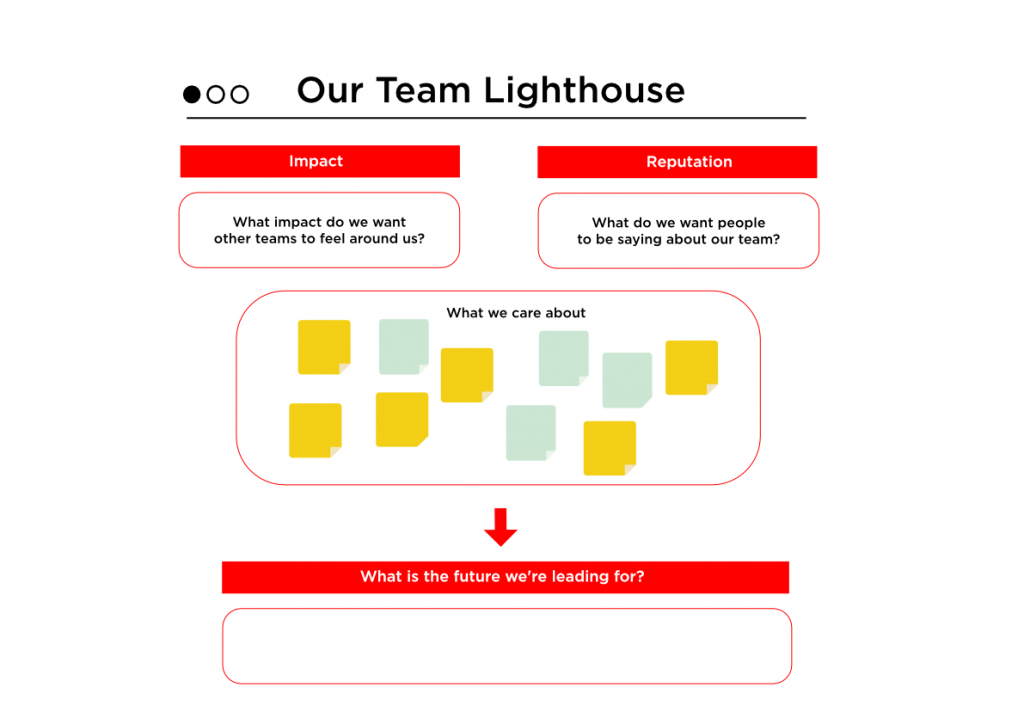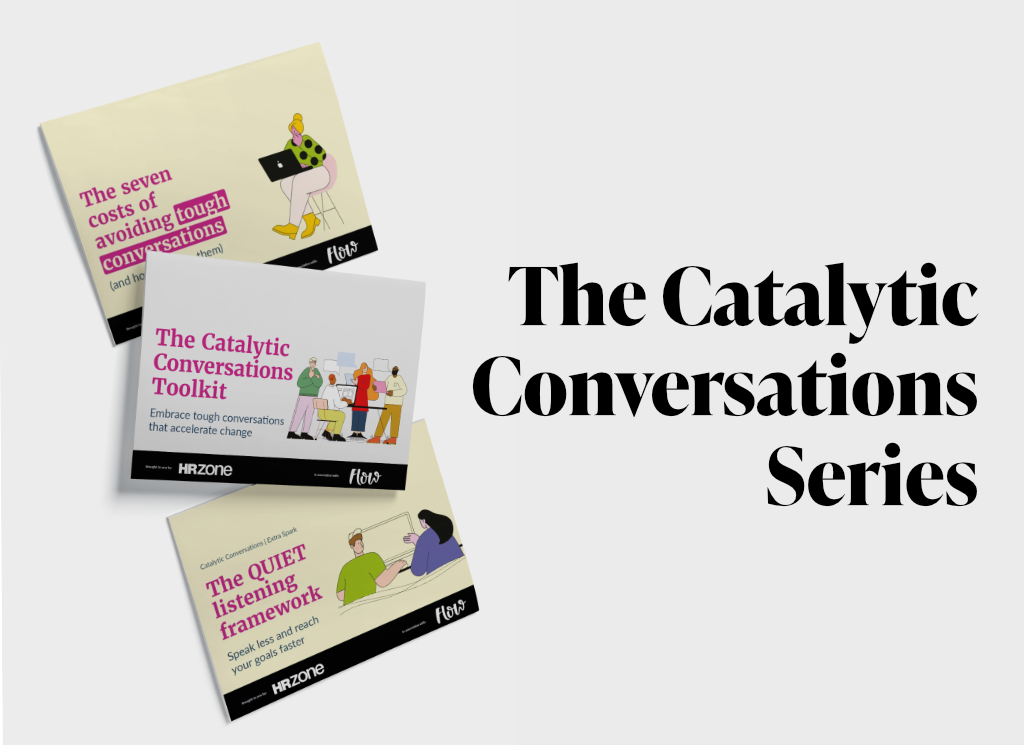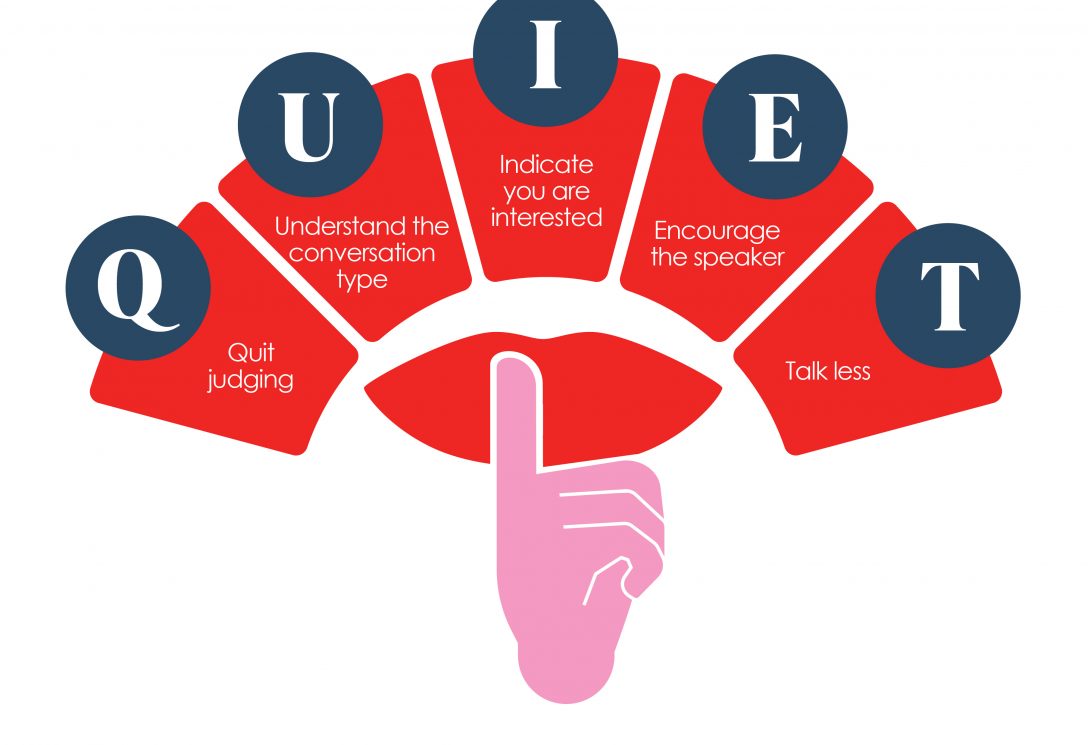How is your Team Identity serving you?

We often spend much time and emotional energy managing our reputations at work. According to research by Harvey Coleman in 1996, there are three elements we need to focus on to achieve success in companies:
Performance – how good a job we do, what results we deliver
Image – the experience of working with us
Exposure – to the right network both inside and outside our company
Now comes the jaw-dropping statistics from Coleman’s work: Performance counts for 10% of our success. Image 30%. Exposure 60%.
David Rock’s SCARF Model of emotional needs at work becomes even more relevant through the relative importance of the Performance Image Exposure dimensions. Rock identified that concerns over status, a sense of belonging to the group and being treated fairly often dominate the daily thoughts of junior to more experienced professionals.
As we move through our careers, we question our purpose and direction. We ask whether we matter to the company. Identity is a central motivation and preoccupation for individuals and teams.
When you work in a big company, identity becomes even more challenging
The Dunbar Number, 150, is the upper limit on the number of meaningful social relationships an individual can manage at any time. It reflects the time you have to interact with people and the quality of those relationships. The Dunbar Number is often represented as a series of concentric circles. The inner layers are your closest support network and colleagues you interact with daily. These people know you the best. As you move towards the outer rings, you may only connect with these colleagues monthly or as infrequently as a few times a year.
This has a natural impact on the level of bonding between colleagues. Structures unintentionally create functional and geographic silos. We’ve now added the hybrid and remote dimension, which has further reduced bonding. Our challenges in the unevenness of our working partnerships with different teams (we work with some teams daily, others hardly at all) and the persistent difficulty of communicating effectively mean that who we are and the impact we bring can be felt strongly by some but remain largely invisible or worse, be felt very differently by others.
Because beyond this circle of 150 people, we aren’t inclined to act altruistically or give people the benefit of the doubt. Confusion is often interpreted negatively, and mistakes are forgiven less. We would even struggle to properly explain what other teams do.
What is your team’s reputation?
Trust is the result of two-way communications, shared goals, consistency of behaviours, and a history of responsiveness and promises kept. It is knowing that you won’t let each other down. It’s also a matter of interpersonal style. Some are very quick to judge others who find it difficult to explain things, don’t use the secret language, can’t articulate a clear vision for what they want to see, or come across as unconfident. As Owen Eastwood says, “Trust is a calculation we make to predict the reliability of other people. It’s never permanent, never fixed and can be destroyed in a moment.” That is uncannily familiar with what psychologist Erik Erikson wrote: “Identity is like a good conscience: It is never maintained once and for all but constantly lost and regained”.
Every team has an identity, which is part direct experience and part story. Has your team earned a reputation for having great ideas or a reputation for being difficult? This harsh reality of human nature is that, to try and set expectations, our brains match the behaviour we see vs previous individuals and groups we have had positive and negative working relationships. “His team struggle to be data-driven.” “Her team are really strong at simplifying what needs to happen”.

It’s not uncommon to meet teams who don’t know who they are within their company; they cannot easily articulate their role and how that role contributes to the company’s success. There is a disconnect between how they see themselves and how other teams view them.
Telling the story that your team and others need to hear
Developed by Robert Dilts and Todd Epstein, the ‘5 logical levels’ help explain the things that influence and shape our relationships and interactions in the world. The 5 Levels are:
- Environment
- Behaviour
- Capability
- Beliefs and Values
- Identity
When people want to change something in their lives, they often try to change their behaviour. They concentrate on doing rather than on who they need to be. But the most powerful tool for change is identity.
What we have to do is ensure that our team narrative is helping, not hindering us. That our orientation is present and future-focused and not clinging on to remembering past successes that bear little relevance to the moment we find ourselves in now. As cognitive scientist Dan Dennett says, “Our tales are spun, but for the most part, we don’t spin them; they spin us”. Story is how we make sense of things and how we relate to one another.

Revising and updating your team story is helpful for three reasons:
- It creates clarity and energy amongst the team. Dan Coyle refers to ‘ignition’ as “the motivational process that occurs when your identity becomes linked to a long-term vision of your future. It triggers significant amounts of unconscious energy; usually marked by the realisation, ‘That is who I want to be”.
- It’s important to align who you are and what you do to your team goals and their impact on the company strategy
- To help it resonate with colleagues outside of your team and, therefore, help your team with their status and connection needs.
In summary
Human nature is feeling more or less connected to different individuals and groups. Over time, we become stuck in stories that no longer serve us, which become part of how other teams experience us. Teams can take greater control of their team identity by ensuring that the team feel connected to the work they do and the impact they have. This can undoubtedly help its connection with other teams across the company.
Flow is a ways of working company. We help you to create the conditions where your people can flourish, where decisions, meetings and ideas can flow. If you’d like to discuss how we can help your team to have more impact, get in touch at hi@thisisflow.co






